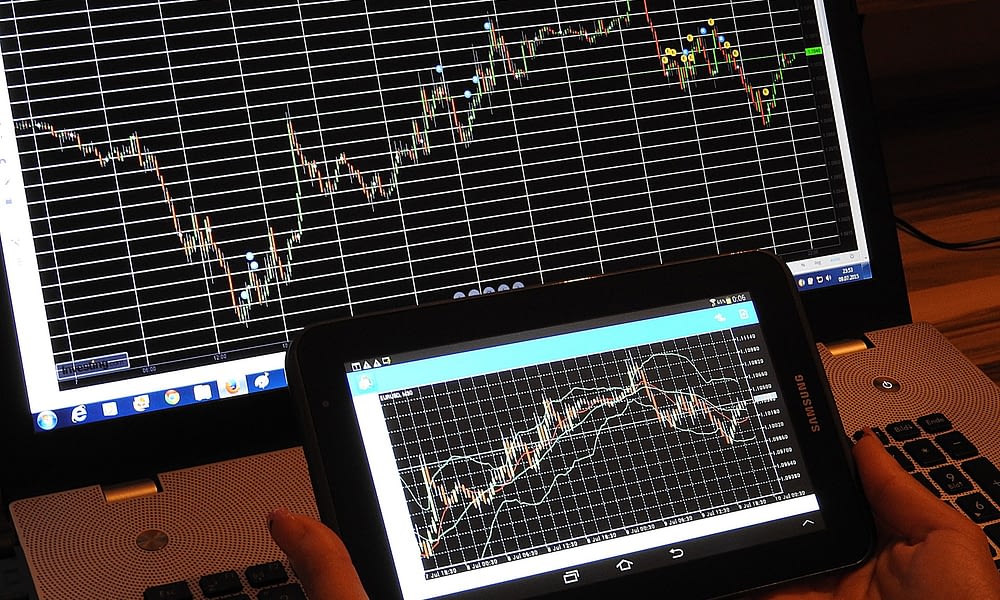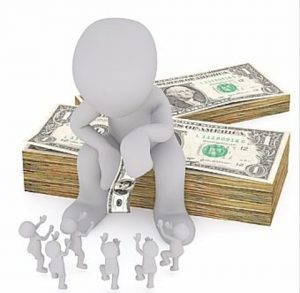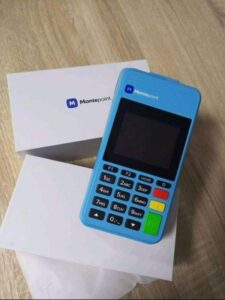Boom 300 and Crash 300 is a synthetic index for all aspects of foreign exchange trading. It is a market-tick based simulation of shares over time with a single futures asset, it simulates 100 company shares, it has no known components, so it is difficult to study all the tricks of the market and there is no 100% perfect strategy. For example, if you trade in assets such as the BOOM 300, 500 and 1000 and CRASH (crash 300, 500 and 1000), observe how the boom market sells by default and buys the crash assets by default. With the Boom 300 index you can trade the spikes in the areas you focus on the most, with the Crash 500 it is the other way around, just look at it differently.
Although I know that there are other trading strategies, such as scalps, these are the basic trading strategies that I believe are appropriate for trading in boom and crash markets. When trade booms, the RSI indicator is strong in the buying region (price floor) and stronger in the selling zone (price ceiling) with the crash 500. If you trade Boom 500, nobody sells it, but if Crash 500 is over $1,000, you should buy.
If you want to trade boom and crash index, then this article is written for you. Trading boom or crash is similar to size 0.01, a difficult adventure that requires more than 100 pips, but the trader receives a profit of 1%. The boom / crash market is a day-to-day fluctuation business, and the trader must have a good knowledge of market psychology, pricing, and risk management.
The following are a number of indicators that can be used to trade the boom and crash. These indicators are used to buy in the crash, sell the crash and sell the boom and buy in the boom. This strategy can be applied to the boom 300, crash 300 and other commodities, once you have mastered the basics, you will have a better knowledge of foreign exchange trading as a whole. This confirms the way the market is structured, the peaks in boom and buy / crash / sell situations, the low risk / return ratio of day trade / swing trading and the small lot size.
This was confirmed by the way in which the market was structured (peaks in boom-buy and crash-sell situations) and also by the low risk-return ratio in day or swing trading with very small lot sizes. In the foreign exchange market, traders can use different trading strategies to make profits. The CRASH 300 Index is one of the synthetic special indices for assets, as it can be traded around the clock.
Trading boom and crash, if you use the right batch sizes, do not lead to a capital loss in a short time. For detailed information about how to find a broker that sells VIX Index (also known as the Greed / Fear Index) and Volatility Index trading, read our guide on predicting market crashes and what to do if you find yourself in a market crash. Let us now turn to the strategies for boom / crash trading. I will explain two strategies.
Synthetic indices imply the coagulation of many simulated markets, including boom and crash indices. These are the most profitable indices, the boom / crash index and the volatility index. Trading in Crash 300 is similar to trading in foreign exchange, but there are many differences.
Understanding changes in the trading market can help traders enter and process orders and manage their trading strategy. Traders buying the BOOM 3000 index can benefit if the price rises. The PIP is a basic unit of measurement used in trading, and you need to know more to become a successful synthetic index trader.
The strategic goal is to have at least 3 spikes per trade you make. The first strategy uses a special custom indicator to help you analyze the market. If the price action falls below the RSI-30 line shown in the chart below, you should buy the crash formation (third candle) and remain on the market for 3 pips.
If you do not have a trading plan that uses all your knowledge, you will never succeed. In fact, the best way to make a profit is in day trading or swing trading. In any case, you never know which good and solid trading system is best for you as a trader.
Make sure you note down the details of every trade you make and the reasons why you included your trade in your trade journal. You can then revisit your magazine and evaluate your trades to see how you are progressing. This makes it harder for brokers to play the trader off because the market is so volatile on its own.











